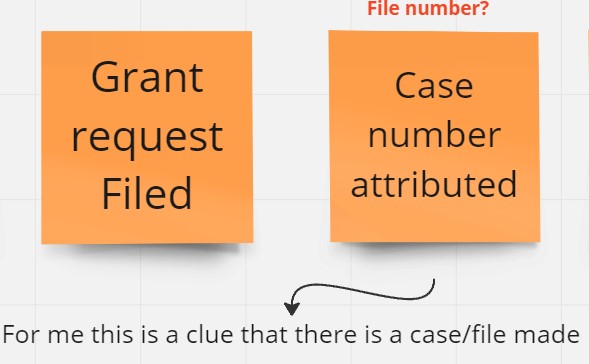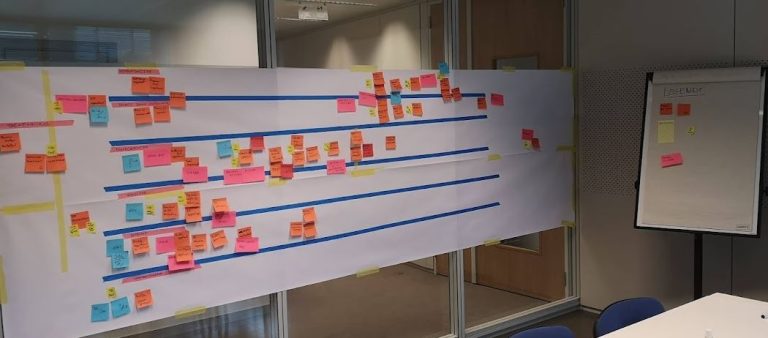Refactoring in Domain-Driven Design: Embracing Change as Knowledge Evolves
Domain-Driven Design (DDD) is an approach to software development that emphasizes collaboration between domain experts and developers to create a shared understanding of the problem domain. As knowledge of the domain evolves, refactoring becomes a necessary and natural part of the process, allowing teams to adapt their models and code to accommodate new insights. In this blog post, we will explore the concept of refactoring in DDD and discuss its importance in maintaining an accurate representation of the domain as knowledge progresses.
The Role of Refactoring in DDD:
Refactoring is the process of modifying code to improve its structure without changing its external behavior. In the context of DDD, refactoring plays a vital role in keeping the domain model and the codebase aligned with the current understanding of the domain. As domain experts and developers collaborate and gain deeper insights into the problem domain, it is natural for the initial model to evolve, requiring adjustments to the code to maintain its accuracy and effectiveness.
Advancing Insight: Embracing Evolving Knowledge
The Dutch term “voortschrijdend inzicht” refers to the idea of gaining new insights and knowledge as you progress, and this concept is particularly relevant in DDD. As teams delve deeper into the domain, they inevitably discover nuances and complexities that were not apparent at the beginning of the project. This evolving knowledge is a valuable asset, and teams should embrace it by continuously refining and refactoring their domain models and code to reflect the latest understanding of the problem domain.
Benefits of Refactoring in DDD:
Regular refactoring in DDD offers several benefits, including:
- Maintainability: Refactoring helps to keep the code clean, organized, and easy to understand, making it easier for developers to maintain and extend the system.
- Flexibility: As the domain model evolves, refactoring ensures that the codebase can adapt to new requirements and changes without significant rework or disruption.
- Alignment with the domain: Continuous refactoring helps to ensure that the domain model and code remain aligned with the current understanding of the domain, promoting a shared understanding among the team members.
- Improved communication: As refactoring keeps the codebase and domain model up-to-date, it fosters better communication between domain experts and developers, ensuring that everyone is working from the same shared understanding.
Refactoring is an essential aspect of Domain-Driven Design, as it allows teams to adapt their models and code in response to evolving knowledge of the domain. By embracing the concept of voortschrijdend inzicht and regularly refining their domain models, teams can develop more accurate, maintainable, and flexible software solutions that effectively address the needs of their users and stakeholders. Don’t shy away from refactoring; embrace it as a natural part of the DDD journey and reap the benefits of a well-aligned and adaptable codebase.




